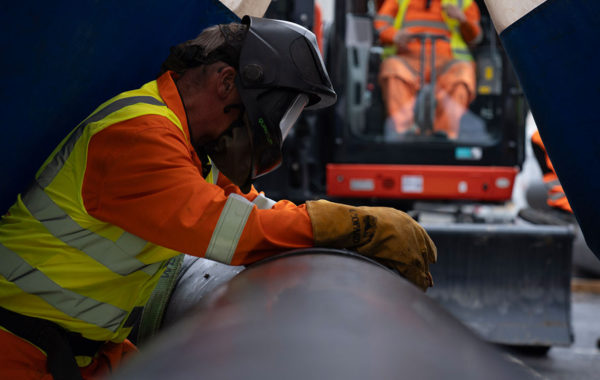As part of wider efforts to help the UK reach its net zero targets, a range of heat network policy updates are being made by Westminster and devolved governments to increase the delivery and prevalence of heat networks. The last nine months in particular has seen a lot of change, so we’ve detailed the key points to take note of, below.
Heat Network Zoning
In October 2024, six cities were selected by the Department for Energy Security and Net Zero as pilots for the first dedicated Heat Network Zones. Results and learnings from the projects in London, Plymouth, Bristol, Stockport, Leeds, and Sheffield will inform future plans for establishing heat network zones and how these might require certain building types to connect to a network.
The legislation is expected to be fully enacted by 2026. For more information about what the new legislation entails, read our previous article on the subject.
Consumer protection
New legislation came into action on 1st April this year, bringing energy services provided by Heat Networks (and the protection of their customers) under the responsibility of the Energy Ombudsman. This will give the UK’s half a million heat network users access to a free dispute resolution service and ensure that head network suppliers comply with the ombudsman’s requirements.
All of the above is a vital piece in the puzzle that is increasing the prevalence of heat networks. By bringing it in line with other energy provisions – and offering consumers the same level of protection – other legislation to enable more developments can be pushed into action.
The Heat in Buildings Bill
North of the border, the Scottish Government has confirmed that a revised version of the Heat in Buildings Bill – the government’s main legislative vehicle to decarbonise buildings across the country – will be introduced to Parliament later in 2025.
The reworked Bill, whilst described as ‘technology neutral’ is believed to include a number of provisions that will boost heat network development. For example, powers to require public sector buildings to connect to district heating when readily available, and enforceable minimum energy efficiency standards for owner-occupier and non-domestic properties.
Green Heat Network Fund – Phase 9
Legislative change and updates to heat network policy are great. But funding and finance is just as vital in getting these projects off the ground. On 15th May this year, Triple Point Heat Network Investment Management – the Government’s delivery partner for the Green Heat Network Fund – announced the next raft of projects to receive Phase 9 funding.
Over £100 million has been granted to projects across the UK, including £21.3 million to ThermaMech’s partner, Vattenfall, to support the Bristol City Centre heat network. Other projects include:
- £23.2 million for the Derby Energy Network.
- £15.5m for a heat network in Lincoln.
- £21m for the development of the South Westminster Area Network.
- Almost £5 million to Sandwell Metropolitan Borough Council to build a town-wide heat network.
- Trafford Council has been awarded £5.7 million to build a heat network that will serve a range of buildings across Trafford.
- Severn Wye Energy Agency awarded £1.7 million for a waste heat recovery heat network.
- Almost £9 million to East London Energy for a dual heat pump system network, serving a number of developments in the Olympic Park area.
All of the above signals recognition at a strategic level, that District Heating can change the game when it comes to decarbonising UK energy. Once the legislation is passed, let’s hope for increased pace and momentum toward a greener future..






